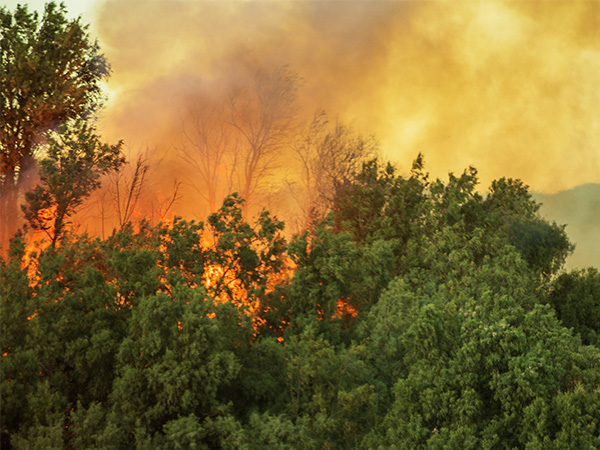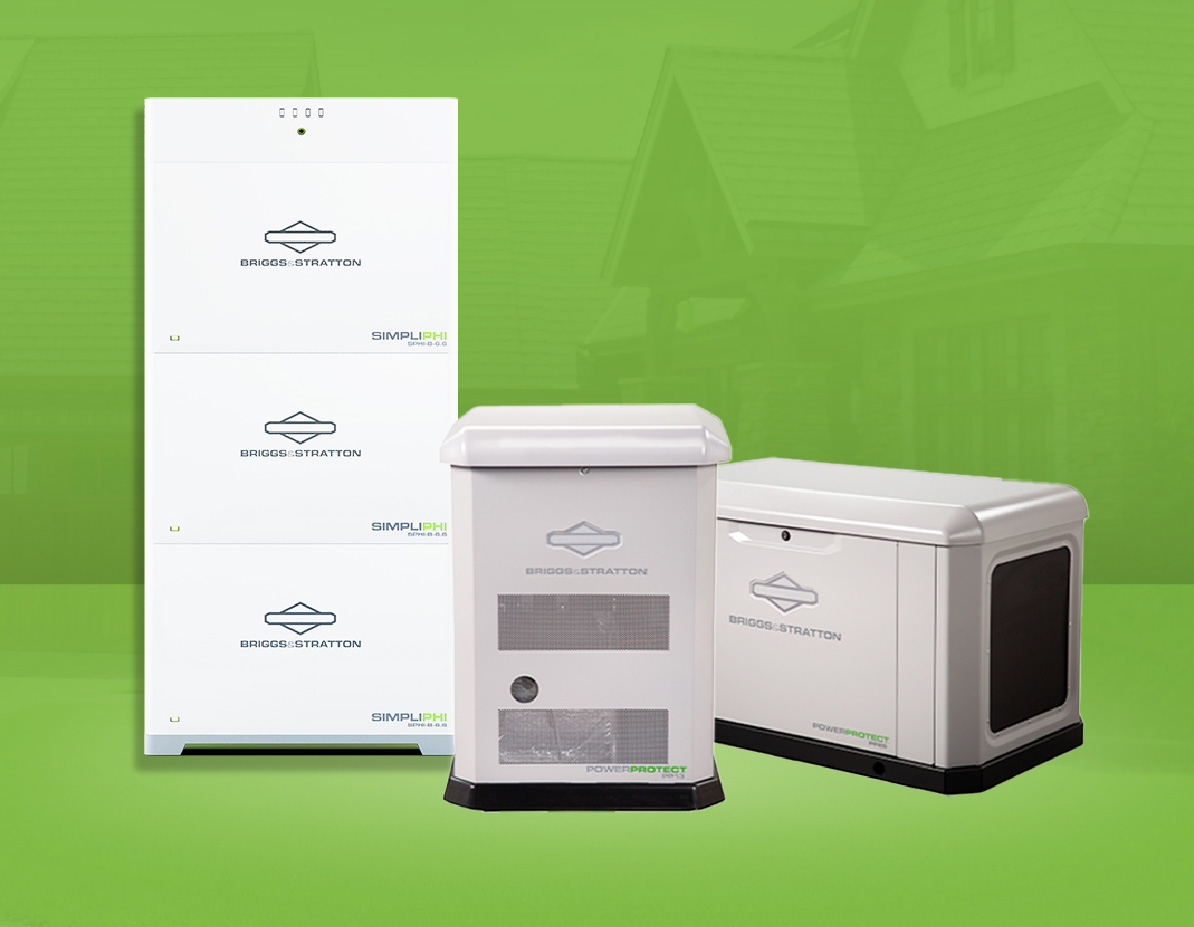The October 2017 Northern California wildfires consisted of 250 wildfires that burned across Lake, Sonoma, Napa, Mendocino, Butte and Solano Counties during severe fire weather conditions, effectively leading to red flag conditions in 44 of the 49 counties in Pacific Gas and Electric’s (PG&E) service area. PG&E reported that more than 350,000 customers lost electric service starting on October 8, 2017, when the wildfires began. It took PG&E almost a full week to restore electricity to 92% of the customers affected. These wildfires were the costliest group of wildfires in California history, causing ~$14.5 billion (2017 USD) in damage and costing an estimated $85 billion in firefighting costs and lost business revenue in affected areas.
Over the past four years, equipment owned by California’s three largest investor-owned utilities, including PG&E, has been deemed responsible for sparking more than 2,000 fires, according to California Governor Newsom’s Strike Force’s ‘Wildfires and Climate Change: California’s Energy Future.’
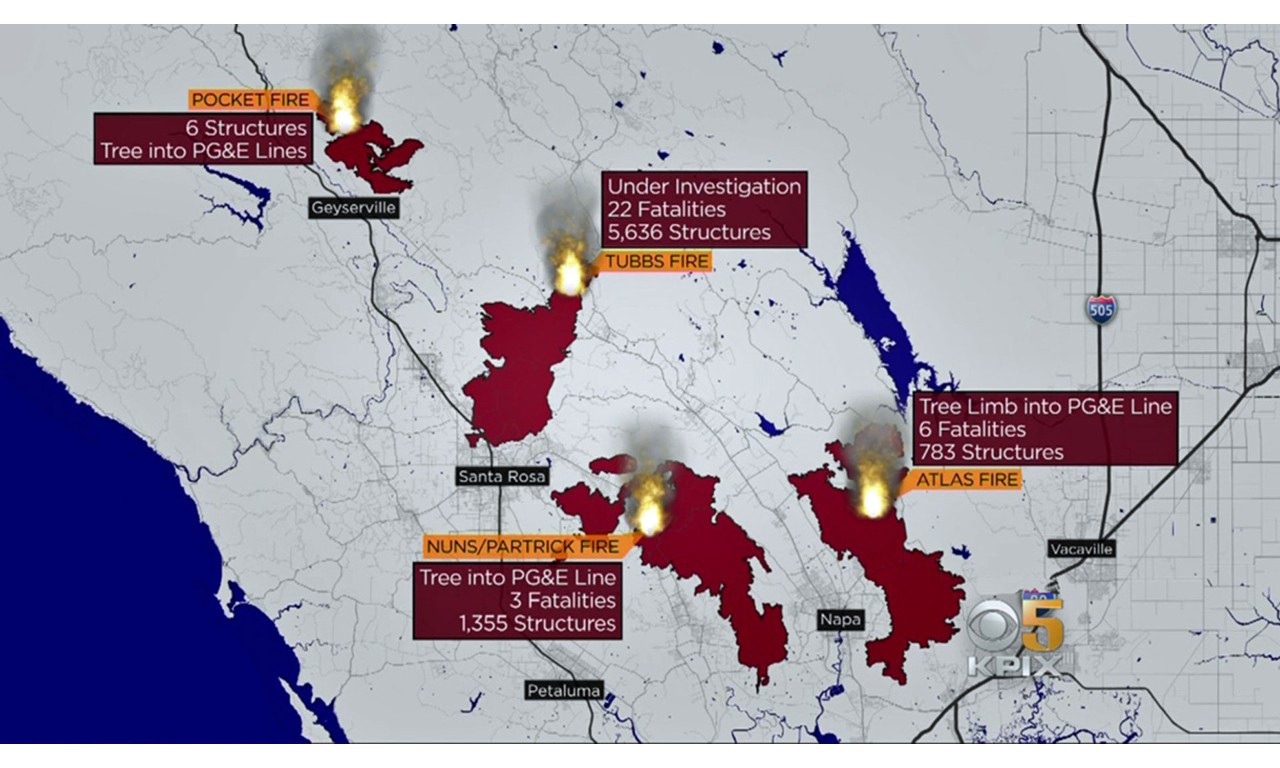
As California enters the 2019 wildfire season and utilities seek methods to mitigate their liability, residents are now being told by utilities, including PG&E, that not only will they face power outages during any wildfire that breaks out in their community, but also during pre-emptive, utility-planned “Public Safety Power Shutoffs” — which the utilities have stated can last “as long as extreme and dangerous weather conditions pose a potential fire risk.” Through a “Prepare for Power Down” outreach campaign, California residents are being urged by PG&E, SCE and SDG&E to prepare for “power outages [that] could last several hours or multiple days.” The utilities go on to recommend residents “consider a safe backup power source, such as a generator or uninterruptible power supply.”
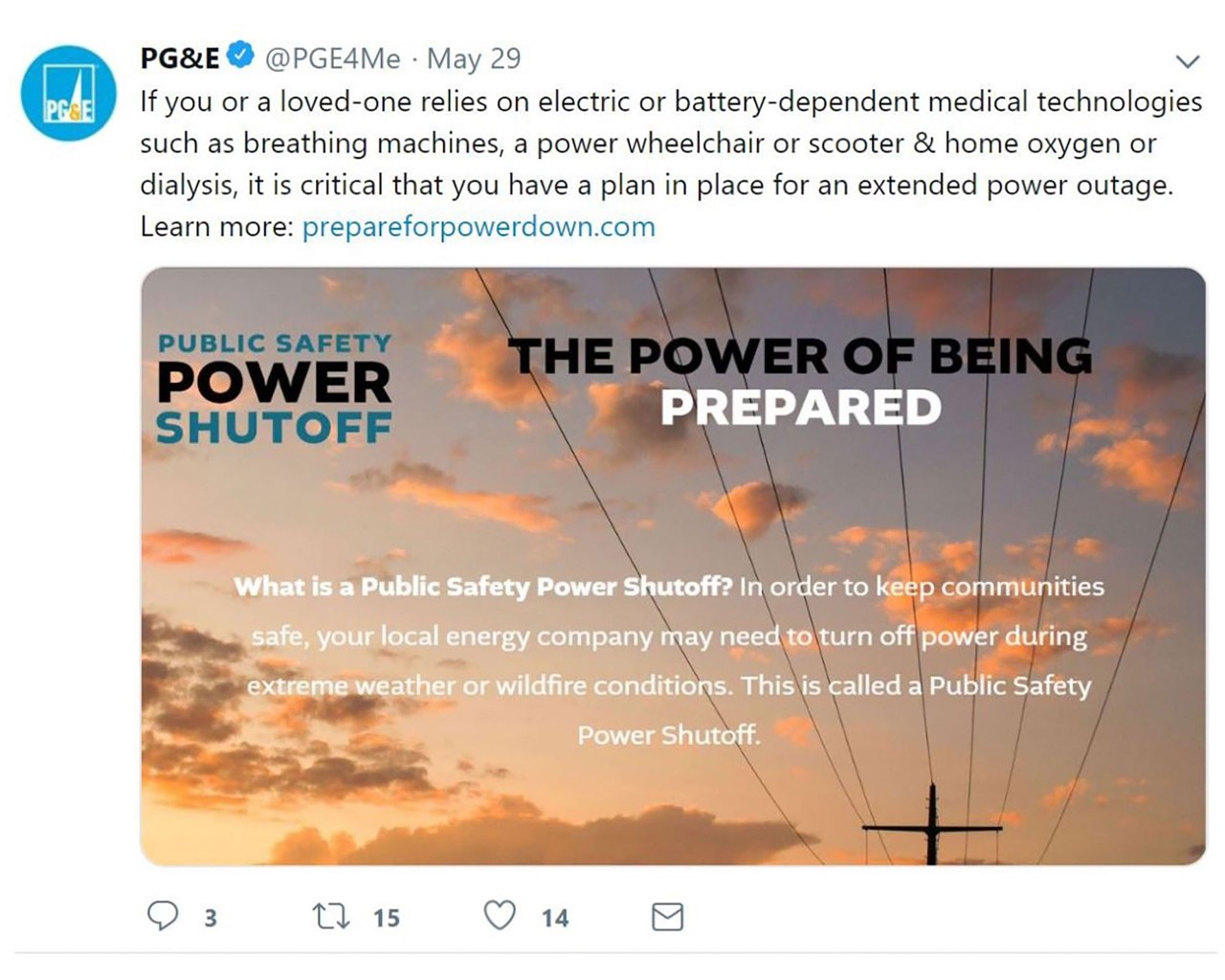
With the wildfires of 2017 and 2018 still fresh in Californians’ minds, and in light of the additional “Public Safety Power Shutoffs,” Brandon Rankin, a Healdsburg native, sought a seamless and reliable backup power solution, most importantly to power fire suppression equipment. Brandon wanted to be sure the backup power system would not be prone to overheating or fire and could operate in a wide temperature range. Brandon also didn’t want a backup power system that would require refueling during prolonged outages, in case gas stations ran out of fuel or prices skyrocketed due to increased demand during an emergency, as is common.
Brandon decided to seek advice from Rody Jonas of Pure Power Solutions, a solar+storage contractor based in Healdsburg, who has installed countless backup power systems in Northern California. A long-time installer, Rody readily recommended PHI batteries due in part to the fact that they use cobalt-free, environmentally benign, safe and non-toxic lithium-ion chemistry: lithium iron phosphate.
Rody adds, “As a critical load power system intended to be in operation for 20+ years, we and our client also wanted to be confident that the chosen energy storage technology was durable, safe, and proven. PHI batteries met all the requirements.”
Rody elaborated, “Pure Power Solutions has deep experience deploying SimpliPhi technology, and we trust their background in providing energy storage for the U.S. military in the world’s most demanding environments and circumstances. This history, critical in nature, to say the least, makes choosing them a no-brainer for our projects.”
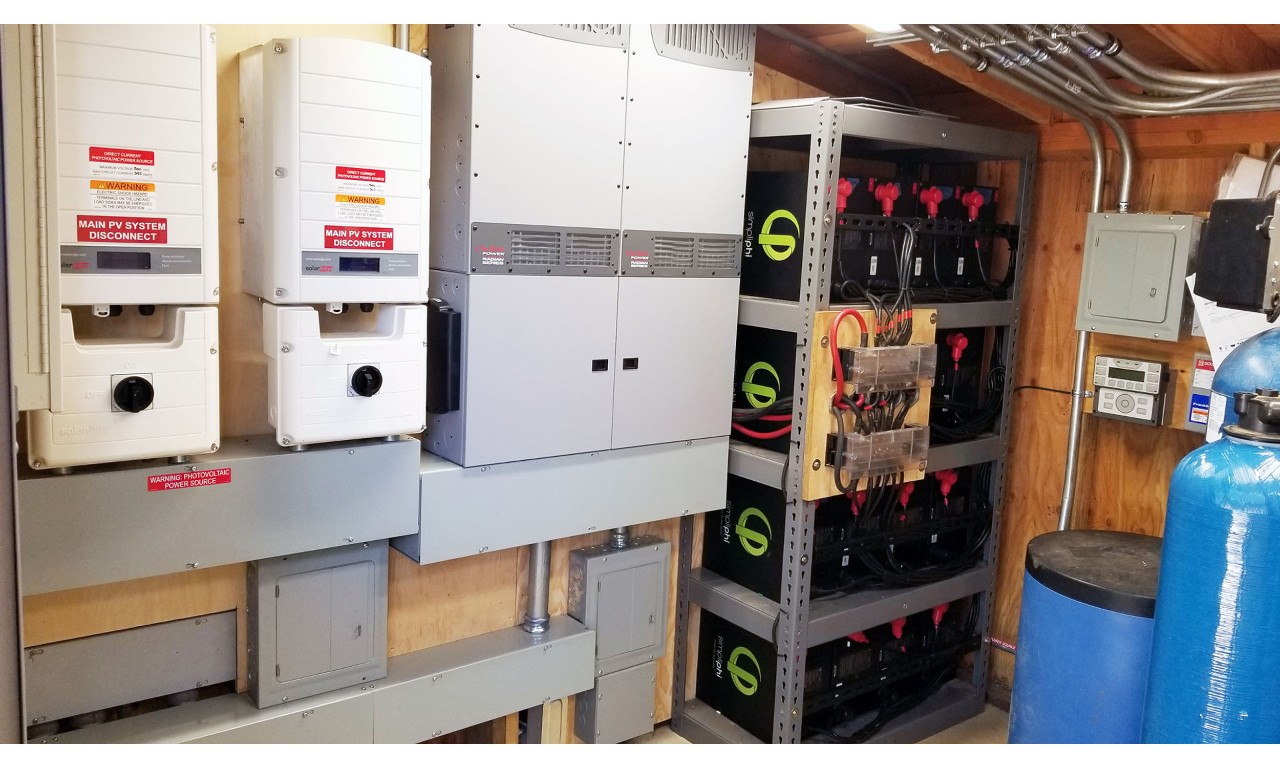
Now complete, Brandon’s clean, grid-tied, AC-coupled solar+storage backup power system consists of 24kW of solar power, 16 PHI 3.5 48V batteries for a total of 56kWh of battery storage, one SolarEdge 11.4kW SE11400A-US Inverter, and 2 OutBack Power 8kW 8048A Radians. This system also comes with an OutBack MATE3 and an OutBack OpticsRE software platform for on and off-site control and monitoring, anytime, anywhere.
This system powers the home’s critical loads, including a well, a booster, fire suppression equipment, septic pumps, refrigeration, lighting circuits, and plug loads (e.g., computer, phone).
While this solar+storage system is grid-tied, Rody recommends PHI batteries for off-grid power as well. Rody explains, “We continue to spec SimpliPhi (acquired by Briggs & Stratton Energy Solutions in 2021) in remote, completely stand-alone & off-grid installations as well as for in-town grid-connected cycling applications where, as always, high life cycle and near bulletproof operation ensure long-term satisfaction in all our projects.”
Whether the 2019 wildfire season brings preemptive utility-planned ‘Public Safety Power Shutoffs’ or wildfire-induced power outages, Brandon is prepared thanks to reliable, safe and long-lasting SimpliPhi energy storage plus solar.
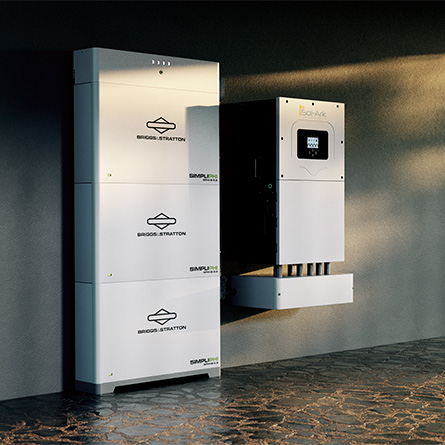
Ready to experience true energy independence?
Request a consultation with a Briggs & Stratton dealer or installer near you by clicking the button below.


